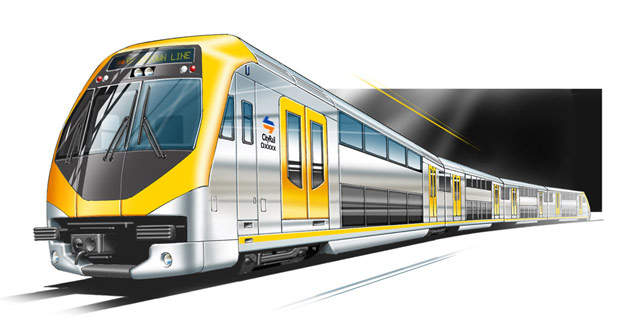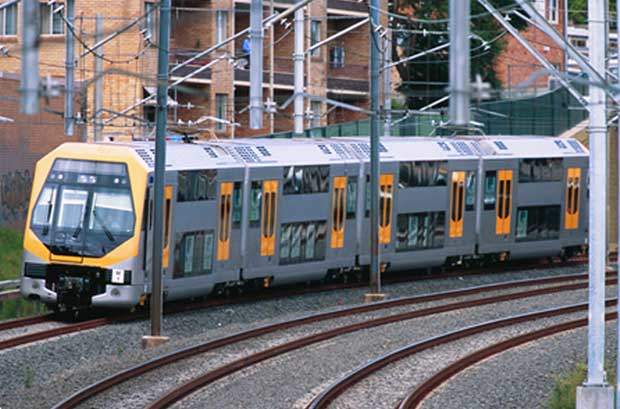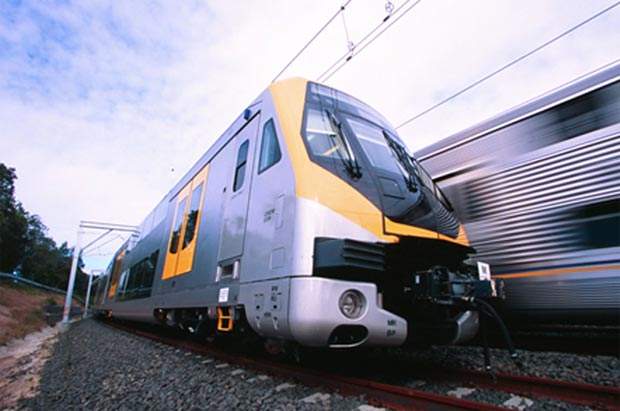Sydney is one of hundreds of rapidly growing cities around the world that has realised the value of new rail investment. Until recently, most of Sydney’s travel corridors spread like spokes from the city’s central business district. Growth of travel between districts outside this centre has forced the need for improved links.
The Parramatta rail link is seen as one such missing link, and is also the first major railway to be built in Sydney since the completion of the Southern Line via Regents Park in the 1920s. Its major benefits are seen as the opening up of business and employment opportunities in North Ryde and the lower North Shore for residents of western Sydney and the Central Coast.
In January 2004 a merger between the State Rail Authority of New South Wales (NSW) and the metropolitan functions of the Railway Infrastructure Corporation saw the emergence of RailCorp, a state-owned corporation which is responsible for the provision of safe, clean and reliable passenger trains in NSW.
Alongside RailCorp, the Transport Infrastructure Development Corporation is working to expand the rail system to increase the flexibility and capacity of the existing lines. It will also provide new alignments for passenger routes to improve operation and service levels.
The project
The project began in 1998 with the Parramatta to Chatswood link, which was to fill a missing link and establish a circular heavy rail line linking the centre of Sydney with its major suburbs. However, after a high profile launch the A$1.4bn project was shelved in 2001. The focus of transport development in the area has switched following a new proposal in 2005 by the NSW government for the next 15 years.
This plan will see an investment of A$8bn in rail transport systems. The major part of this advanced plan is the Metropolitan Rail Expansion Program for three new heavy rail lines: The South West Rail Link from Glenfield to Leppington with an option to extend to Bringelly; Redfern-Chatswood Rail Link between the two suburbs; North West Rail Link from Cheltenham to Rouse Hill via Castle Hill, with long-term plans to reach Vineyard and the Richmond Lines.
Infrastructure
The largest publicly funded infrastructure project in New South Wales is the construction of the Epping-Chatswood Rail Line, which was originally planned to be the Parramatta-Chatswood Rail Link. It is an underground heavy rail passenger route, with three new state-of-the-art stations at North Ryde, Macquarie Park and Epping, whilst Chatswood Transport Interchange is being redeveloped. Twin underground tunnels carry the line along its 12.5km length, creating capacity for an additional 12,000 passengers per day with trains every 15 minutes.
This project has a 2008 completion date, six years after work started, and within the first full year of operation, the line is expected to attract 7.1 million new passengers. The extra capacity is an alternative route to the city, allowing an increase in service level on the Stratfield-Chatswood route.
The redevelopment of Chatswood Transport Interchange includes a new concourse, relocation of the bus interchange to Orchard Road, and 10,000m2 of retail outlets. Two new island platforms are being configured ahead of the opening of the Epping-Chatswood line.
At Parramatta, the fourth busiest station on Sydney’s CityRail network, a new transport interchange opened on 19 February 2006, which will be capable of handling future growth. Platforms have been lengthened, with easy access (five new lifts and 11 escalators), and improved lighting and security.
Rolling stock
A new fourth generation of rolling stock, christened Millennium Trains, began operating CityRail services in 2002. However, the 34 four-car double-deck sets were quickly withdrawn for a year for modifications to electrical and software systems, particularly with regard to signalling.
The Millenium Trains were built in Australia by Downer EDI at Cardiff, and special attention was paid to easy access for wheelchairs and prams. CCTV keeps passengers safe and improved air-conditioning has made a major difference to passenger comfort.
With growing passenger demand and the forthcoming opening of the Epping line, RailCorp announced a new order for 626 double-deck EMU cars in November 2006. Reliance Rail, a consortium led by Downer EDI, won the A$8bn contract to design and build the trains and maintain them for 30 years.
The new sets are destined to replace the remaining 500 non-air-conditioned cars that are still in service as well as providing additional capacity. Construction of the bodyshells has been subcontracted to Changchun Railway Corporation of China, with Hitachi supplying electrical equipment.
The first vehicles of the new order are due for delivery between 2010 and 2013.
Signalling and communications
All the new projects will have signalling integrated with the rest of the CityRail system. This means the adoption of the standard absolute block system, and conventional multiple-aspect colour-light signalling for the new routes, in accordance with earlier lines.
But with safety featuring strongly in future plans, automatic train protection and in-cab signalling, common features of similar systems developed around the world during the 1990s, are expected to be high on the list of features.
The future
The three lines currently under construction form just part of the planned developments for the CityRail network. Other projects underway or nearing completion range from station upgrades to line capacity increases. An A$58m upgrade is taking place at North Sydney station, which handles 45,000 passengers at peak periods each weekday. By 2021, patronage is expected to increase to more than 70,000.
A series of smaller projects have been outlined to create five clearway lines, which are being upgraded to relieve congestion and allow for continued growth. The key projects include doubling the Quakers Hill-Schofields line, a new passing loop on the Carlingford Line, train stabling facilities at Hornsby and Macdonaldtown, and turnbacks at the end of lines to improve the speed at which trains can be turned round.









